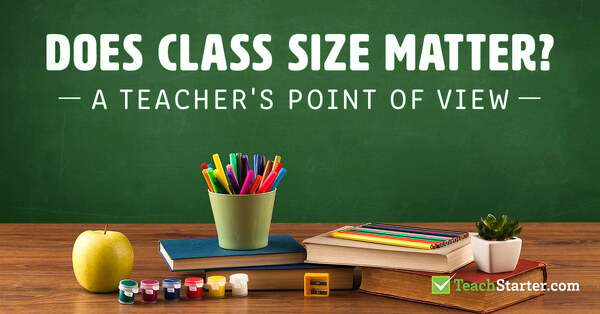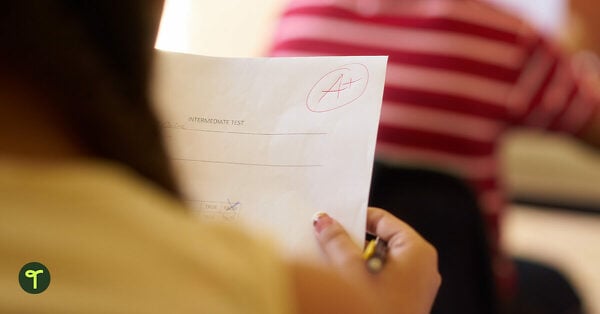Student Data Tracking Forms Teaching Resources
Struggling to track student data effectively? Explore data tracking forms designed by teachers who know exactly how many data points you're juggling every day!
This collection of printable and digital forms for teachers comes from the teachers of Teach Starter, who had their own years in the classroom when they created the assessment forms, progress report templates and so much more that you'll find as you browse.
From tracking students' reading fluency and number recognition to staying on top of behavior data and mastery of specific standards, we've got you covered with Google templates you can use online or print out when you need a physical copy.
Are you drowning in a sea of student data and looking for a lifeline? Read on for some tips from our teacher team on getting the most out of your student data tracking!
Quantitative Data vs. Qualitative Data — What's the Difference?
Before we dig into some of the best ways to make use of your student data, it's worth taking a short journey into the types of data you're collecting.
Data can typically be split out into two main types — quantitative and qualitative. So what is the difference? And which type of student data is going to be the most useful for you as a teacher?
Qualitative Data
Sometimes referred to as categorial data, qualitative data is the more subjective of the two data types.
The information you glean from formative assessments would fall into this category, along with students' written reflections or even answers to opinion-based surveys about how they prefer to learn. Insights you get from other teachers or students' parents about their strengths and weaknesses would also fall into this category.
Even though you can't put numbers to this type of student data, doesn't mean it isn't incredibly valuable! This is the kind of data that can help you get to know your students better, informing how you can best reach them. Qualitative data helps us get a broad picture of who a child is and how they best learn.
Quantitative Data
As the name implies, quantitative data is data that we can quantify. That means you can put actual numbers to it, making this sort of student data far less subjective.
In the classroom, things like benchmark data or standardized test scores would both fall under a quantitative heading.
Tracking this type of student data is just as important as qualitative data — albeit in different ways. For example, you might look at your students' attendance rates to spot absentee trends that you need to investigate more deeply to find out if there is something going on at home.
Student Data Tracking Tips From Teachers (For Teachers)
So you have two very different types of student data. Now how do you track it all?
Different methods work for different teachers, but here are just a few ideas from our teacher team that have worked for them. Explore the whole list to find some tracking methods that work for you!
1. Tracking Exit Ticket Data
Do you use exit tickets for formative assessments? Create a spreadsheet to track it daily. This makes it easy to get a comprehensive look at student responses to adjust your instruction.
2. Check Your Students' IEP
If you have students with IEPs, there may be specific markers that will let you know how often you need to be tracking progress. If there isn't, plan to do so at least once a week.
3. Use Sticky Notes
Sometimes you don't have your data tracking forms at hand. That's where sticky notes come in handy. Scribble down qualitative data when it comes to you on a stick note. At the end of the day, transfer all of those sticky note notes to the form!
-

Does Class Size Matter? - A Teacher's Point of View
It's a topic that is always debated in the education field!
-

9 Creative Ways to Celebrate Student Success in Your Classroom
Celebrating Student Success is the key to motivating students, building self-esteem and creating a positive classroom culture. Find out how with these brilliant ways to make your students shine.
-

4 Benefits of Monitoring Student Progress in the Classroom
Find out the benefits of monitoring student progress, plus resources that will assist you in your own classroom.